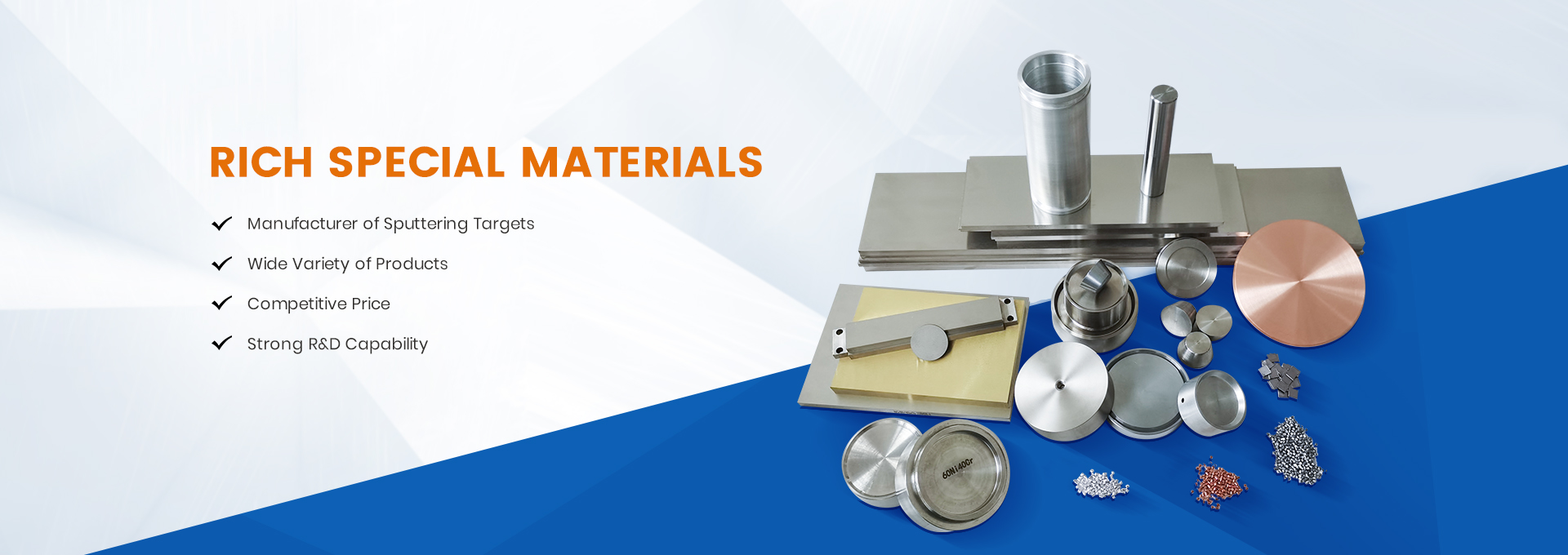Aluminum oxide is a white or slightly red rod-shaped substance with a density of 3.5-3.9g/cm3, a melting point of 2045, and a boiling point of 2980 ℃. It is insoluble in water but slightly soluble in alkali or acid. There are two types of hydrates: monohydrate and trihydrate, each with a and y variants. Heating the hydrates at 200-600 ℃ can generate activated alumina with different crystal shapes. In practical applications, Y-type activated alumina is mainly used. The hardness (Hr) of alumina is 2700-3000, the Young’s modulus is 350-410 GPa, the thermal conductivity is 0.75-1.35/(m * h. ℃), and the linear expansion coefficient is 8.5X10-6 ℃ -1 (room temperature -1000 ℃). High purity ultrafine alumina has the advantages of high purity, small particle size, high density, high temperature strength, corrosion resistance, and easy sintering. High purity ultrafine alumina has characteristics such as fine and uniform organizational structure, specific grain boundary structure, high temperature stability, good processing performance, heat resistance, and the ability to composite with various materials.
The use of high-purity alumina
High purity alumina has the characteristics of corrosion resistance, high temperature resistance, high hardness, high strength, wear resistance, oxidation resistance, and good insulation with a large surface area. It is widely used in high-tech fields such as bioceramics, fine ceramics, chemical catalysts, rare earth three color gene fluorescent powders, integrated circuit chips, aerospace light source devices, humidity sensitive sensors, and infrared absorption materials.
Post time: Feb-01-2024



